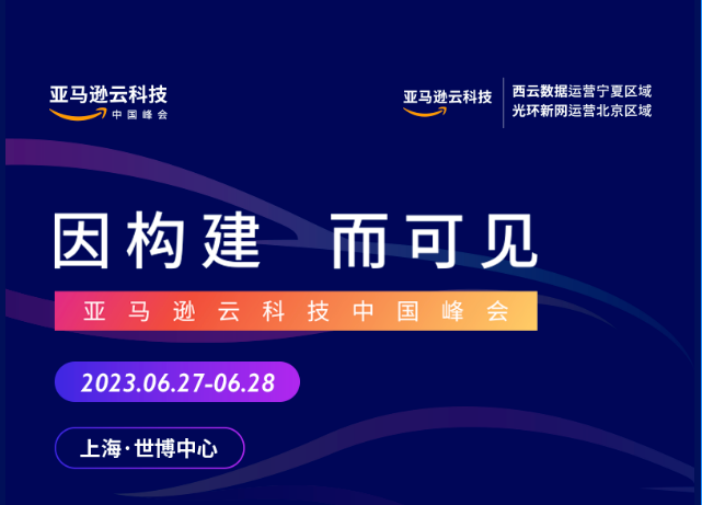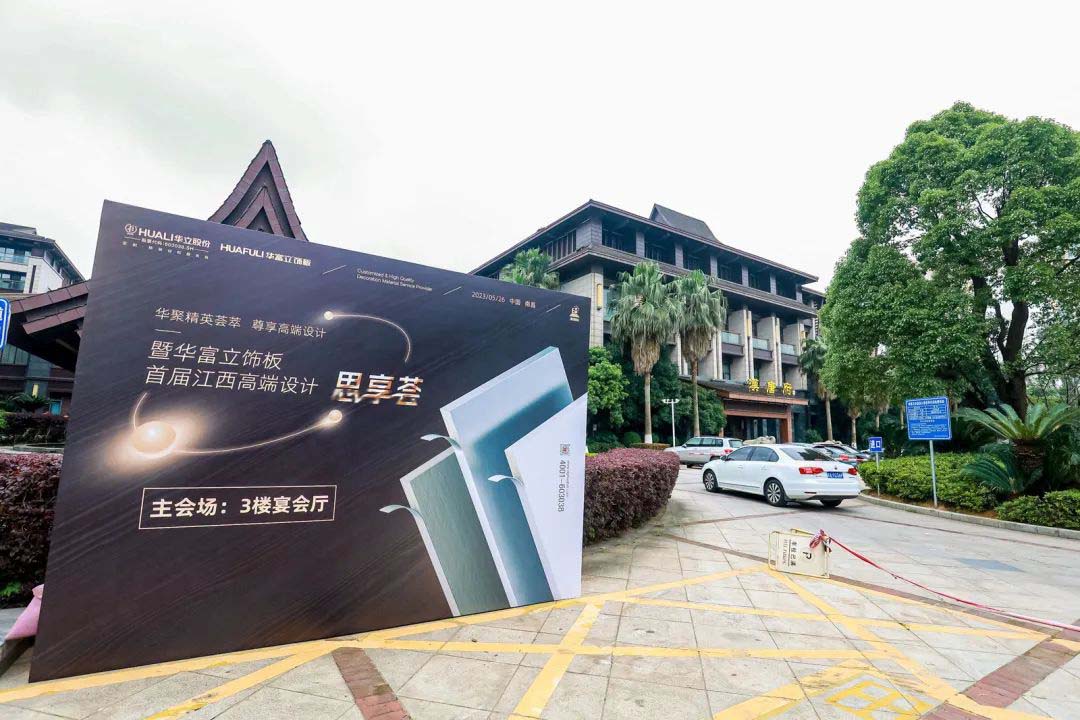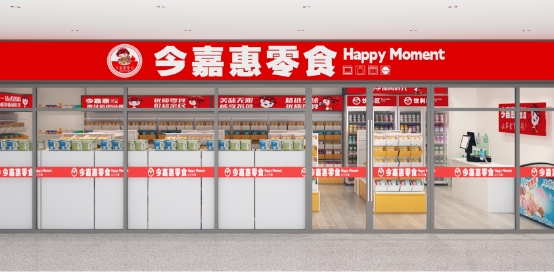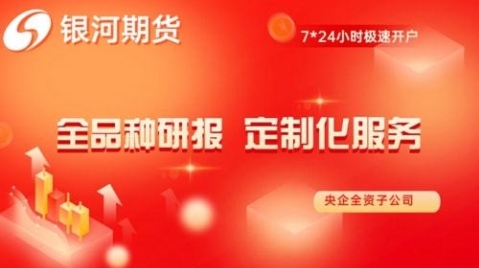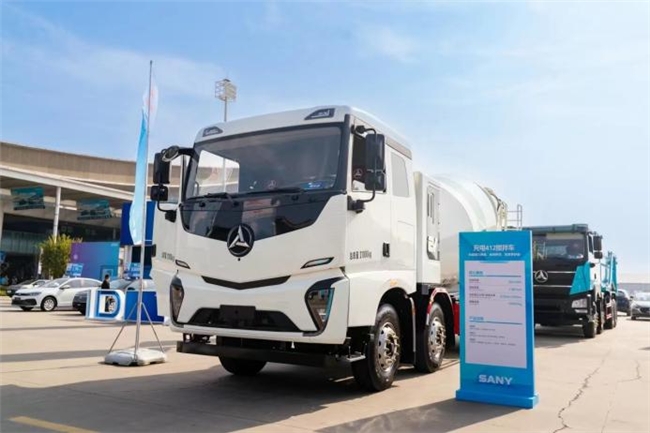
I recently participated in a leadership program with a rockstar entrepreneur, Matt DeCelles. DeCelles is the cofounder and CEO of a designer eyewear company, William painter Inc., and has largely designed and sold his product over the years through the successful management of Kickstarter and IndieGogo campaigns.
For DeCelles and patrick Eckstein, his cofounder, William painter started as a joke. They were big fans of the quickly growing crowdfunding space, so DeCelles submitted a project on Kickstarter to be a part of the trend. Their first product, The Hook, was a pair of aerospace-grade titanium polarized sunglasses with a bottle opener integrated into the frame.
“We literally started out by cutting a hook shape into two steel arms, spray-painted them black, and attached them to sunglasses purchased at 7-Eleven, and it worked,” Eckstein explains. “We did a crowdfunding campaign on a $0 budget, got funded in three days with our first $5,000, and then had to learn how to actually build a product and a business. We flew on standby to China and couch-surfed to build our first product. Quickly, we learned that it wasn't that much harder to make a much better product and actually compete with companies like Luxottica. So now, several years later and having raised $1.5 million through several crowdfunding campaigns, we sell seven SKUs [stockkeeping units], with an eighth in development.”
In just an hour with DeCelles and Eckstein, I learned the following tips and tricks for raising $1 million online:
1. Know your crowdfunding audience
58003 He is an innovator, likes coffee, bikes, and technology, and he is willing to pay a premium price for the best. He is looking for incredible design and is willing to be on the cutting edge of innovation.
When selling a product on Kickstarter, your product needs to be the best in some way and you need to highlight those features in a way to capture your audience’s attention. “That's why we use aerospace grade titanium, the lightest most durable lenses in the world and we have a lifetime guarantee. We have poured our hearts into the product and it genuinely is better than the rest of the industry.It’s also important to position ourselves in a way that the Kickstarter guy resonates with. 58003
2. A/B test copy and imagery before launching
Eckstein suggests running A/B test product designs ahead of time with a small budget via FB advertising. "We build a simple sales page with picture of the product and send FB traffic to it. We are looking at cost per lead as the main metric, we shoot for below $1.00 CpL."
This is a good way to check your assumptions. By sending traffic and looking at CpL, you canadjust copy and imagery to better identify with the customers when it comes to building out the campaign.
3. Capture email addresses ahead of time
DeCelles and Eckstein also advocate for pre-advertising ahead of your campaign and capturing emails ahead of time, as the odds are that these targets will potentially buy your product.
Eckstein explains, “We work with a Facebook advertising agency, LaunchBoom, who are extremely effective and are really good at keeping the cost per lead low -- they can acquire an email address very cheaply. They recommend launching a campaign with at least 10,000 emails.”
4. Ship on time and know your shipping costs.
When launching a product, things are going to go wrong and timelines are going to slip, so be sure to build in a buffer when you communicate shipping times during your campaign. DeCelles warns, “If you don’t communicate with backers, crowdfunding can be a very angry, mean place -- like a mob -- so it is important to do things right. Allow yourself buffer to make mistakes, under-promise, over-deliver. 58003
An important nuance to shipping, however, is that it is important to be sure that you charge for shipping. DeCelles explains, “Many companies have gone bankrupt from not charging for shipping, which can cost hundreds of thousands of dollars.It is a common mistake, and it can ruin an otherwise great campaign. It is okay to charge for shipping and not lose money. people are willing to pay for a great product.”
DeCelles and Eckstein closed with the importance of honesty and authenticity.DeCelles cautions, “If you have a problem, communicate it. Crowdfunding supporters are on the journey with you.And if you don't communicate along the way, you die. When you raise money once and communicate honestly throughout, your first supporters are five times more likely to buy from you the second time around. Because our supporters funded us, they now own part of our brand. And honesty breeds loyalty.”
